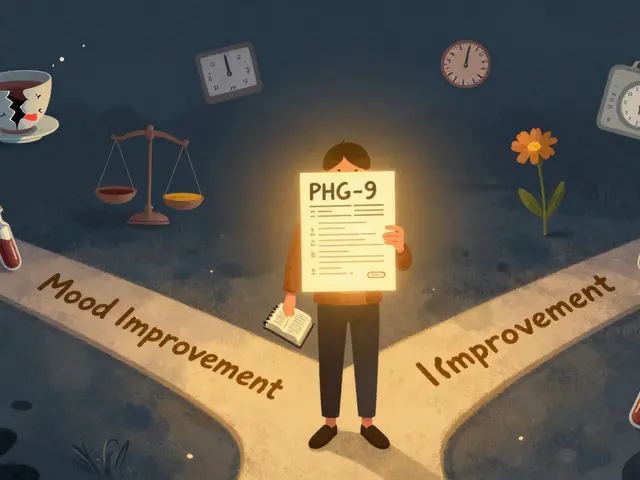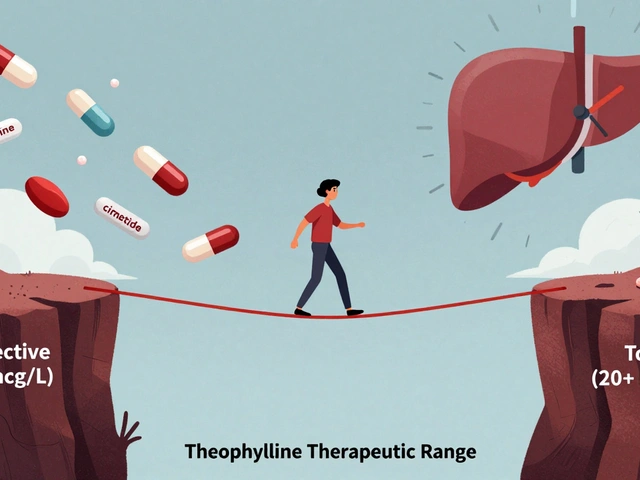Prevent Lupus Flares: Practical Steps to Stay Stable
Most lupus flares are triggered by avoidable things: sun, infections, stress, missed meds, or new drugs. Want fewer flares? Focus on predictable habits you can control. This guide gives clear steps you can use right away, not vague rules. Read it and pick two changes to try this week.
Daily habits that cut flare risk
Wear sun protection every day. Choose a broad‑spectrum sunscreen SPF 30 or higher, reapply every two hours when outside, and wear a wide‑brim hat and long sleeves. Even reflected light through windows can cause skin flares, so add window shades at home if needed.
Take medicines exactly as prescribed. Dosing schedules and labs matter. Skipping or stretching doses invites flares. If side effects bother you, call your rheumatology team before stopping. Many small adjustments prevent bigger problems.
Sleep and stress control are huge. Aim for regular sleep of seven to nine hours. Try deep breathing, short walks, or guided apps when stress spikes. Cognitive behavioral therapy and support groups help people with chronic illness lower flare frequency.
Prevent infection. Infections often start flares. Stay up to date on vaccines your doctor approves, wash hands often, avoid close contact during outbreaks, and treat minor infections early. Tell your doctor promptly if you get a fever.
Watch for common triggers in your life. New supplements, hormonal changes, and certain antibiotics can set off flares. Keep a simple trigger diary for a month—note food, sleep, stress, meds, and sun exposure alongside symptoms. Patterns show up fast.
Nutrition and exercise matter, but keep it simple. A balanced diet with plant foods, lean protein, and enough calories supports healing. Gentle regular exercise—walking, water aerobics, or yoga—helps energy and mood. Avoid extreme diets that cut nutrients without benefit.
Smoking and alcohol increase flare risk and reduce medication effectiveness. Quitting smoking is one of the clearest ways to lower your overall risk. If giving up seems hard, ask your clinician about stepwise plans and medication aids.
What to do at the first sign
Recognize early signs: rising fatigue, mild fever, new joint pain, or a skin rash. When you notice these, rest more, increase fluid intake, and contact your healthcare team. They may recommend a short steroid burst or a lab check to stop a flare quickly.
Make a written action plan. Work with your doctor to list who to call, which labs to get, when to use rescue meds, and when to go to urgent care. Keep a phone copy and share it with a trusted family member.
Small steps add up. Protect your skin, stick to meds, fight infections early, manage stress, and track triggers. These changes don’t feel dramatic, but they cut flare frequency for many people. Talk to your rheumatologist about tailoring this plan for your life.
Also, plan ahead for pregnancy and dental work. Lupus care during pregnancy needs early planning, and dentists should know your meds. Prior notice helps avoid flare triggers and medication conflicts and allergies too.
Lupus and Pregnancy: Risks, Planning, and Health Tips for Expecting Mums
Pregnancy with lupus can feel overwhelming due to unique challenges and questions about health, symptoms, and baby safety. This guide breaks down how lupus can affect pregnancy, lists tips for reducing risks, and highlights ways mums-to-be can take care of themselves. You'll find honest facts, current data, and concrete advice. The article also tells you what to expect and how to work with medical teams for the best outcomes. Everything is straightforward, practical, and designed to help women feel empowered about their choices.






